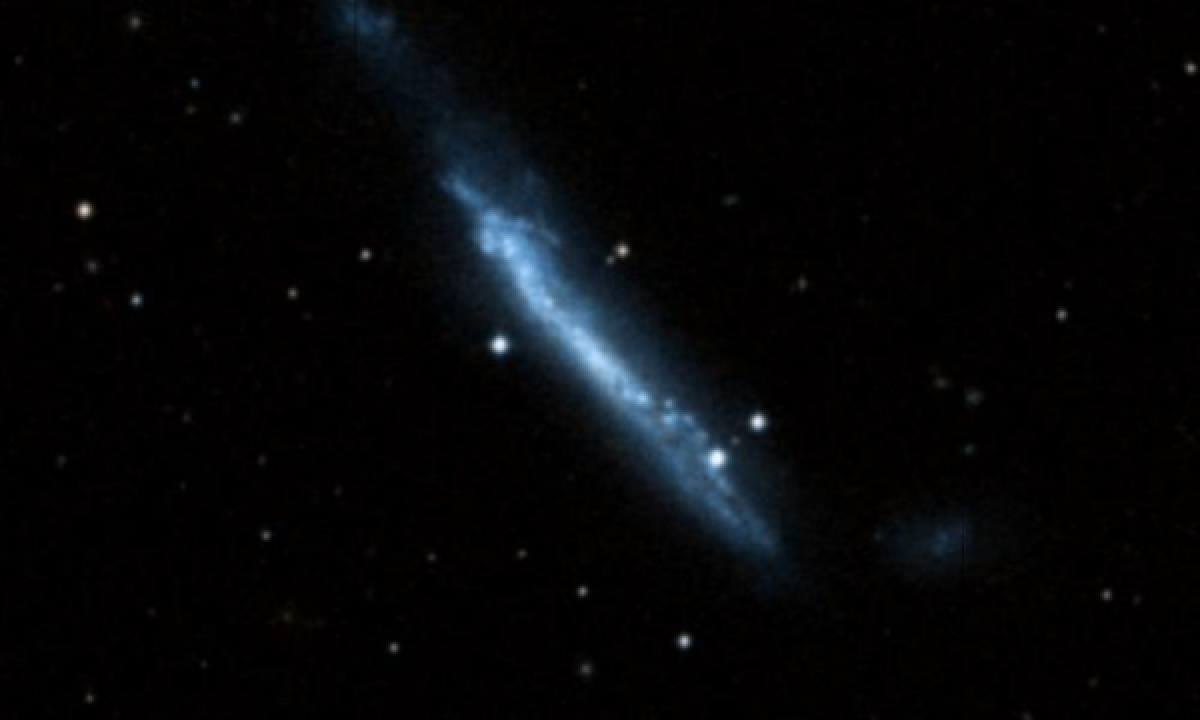The New General Catalogue of Nebulae and Clusters of Stars (abbreviated as NGC) is a catalogue of deep-sky objects compiled by John Louis Emil Dreyer in 1888. The NGC contains 7,840 objects, known as the NGC objects. It is one of the largest comprehensive catalogues, as it includes all types of deep space objects, including galaxies, star clusters, emission nebulae and absorption nebulae.
Know more about NGC
NGC 3432

NGC 3432 is an edge-on spiral galaxy that can be found in the northern constellation of Leo Minor. It was discovered by German-British astronomer William Herschel on March 19, 1787. This galaxy is located at a distance of 40 million light-years (12.3 Mpc) from the Milky Way. It is interacting with UGC 5983, a nearby dwarf galaxy, and features tidal filaments and intense star formation. Because of these features, it was listed in Halton Arp's Atlas of Peculiar Galaxies. The morphological classification of NGC 3432 is SB(s)m, which indicates this is a barred Magellanic spiral galaxy (SB) with no inner ring structure (s) and an irregular appearance (m). The galaxy is inclined at an angle of 85°±2° to the plane of the sky with its major axis along a positional angle of 38°, which means it is being viewed from nearly edge-on. It is interacting with the companion galaxy UGC 5983, which is creating features that extend outside the galactic plane, as well as an extended halo of radio emission. The shape of the galaxy is distorted and two tidal tails have been identified. NGC 3432 has an active galactic nucleus of the LINER type with a nuclear HII region. In May 3, 2000, a candidate nova was detected in this galaxy. It was located 123″ east and 180″ north of the galactic nucleus, and aligned with an H II region (or spiral arm) of the galaxy. This appeared similar to a type IIn supernova (designated SN 2000ch), but it peaked below the typical luminosity of these events. As such, it may have been a "superoutburst" of a luminous variable and thus it could have survived the event. The outburst was found comparable to an eruption of Eta Carinae in the mid–nineteenth century. Multiple subsequent outbursts were observed in 2008 and 2009. It is now classified as a supernova imposter, and is expected to become a core collapse supernova in the future.
More Images:

Sources:
Wikipedia Page: NGC 3432
NGC 3432 at In-The-Sky website
